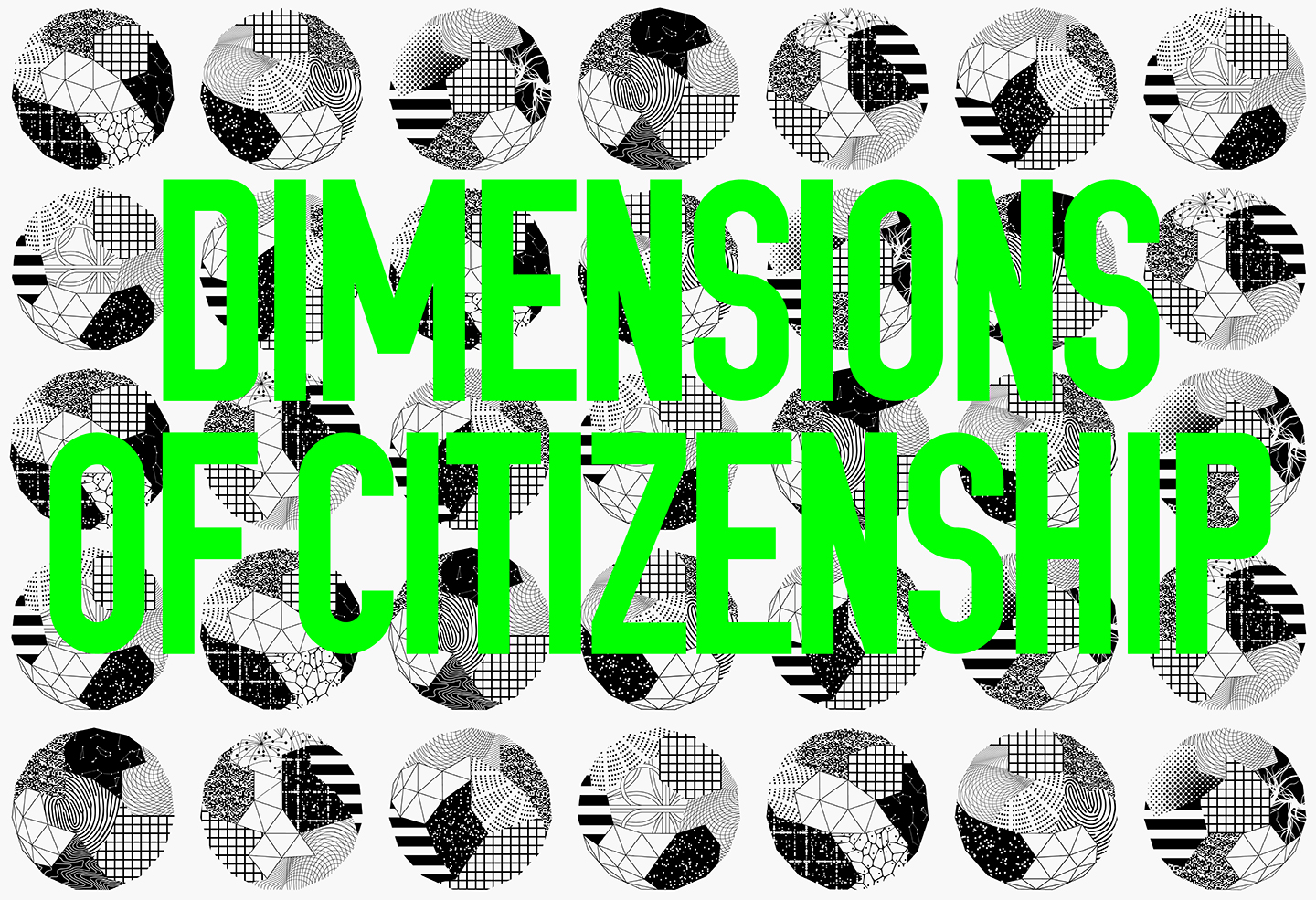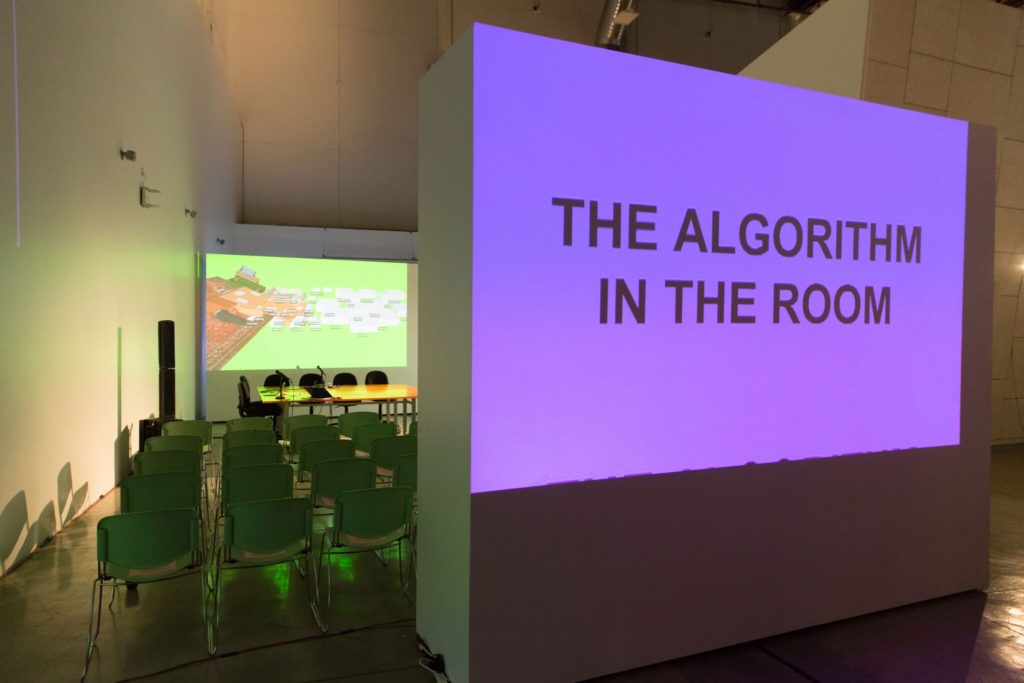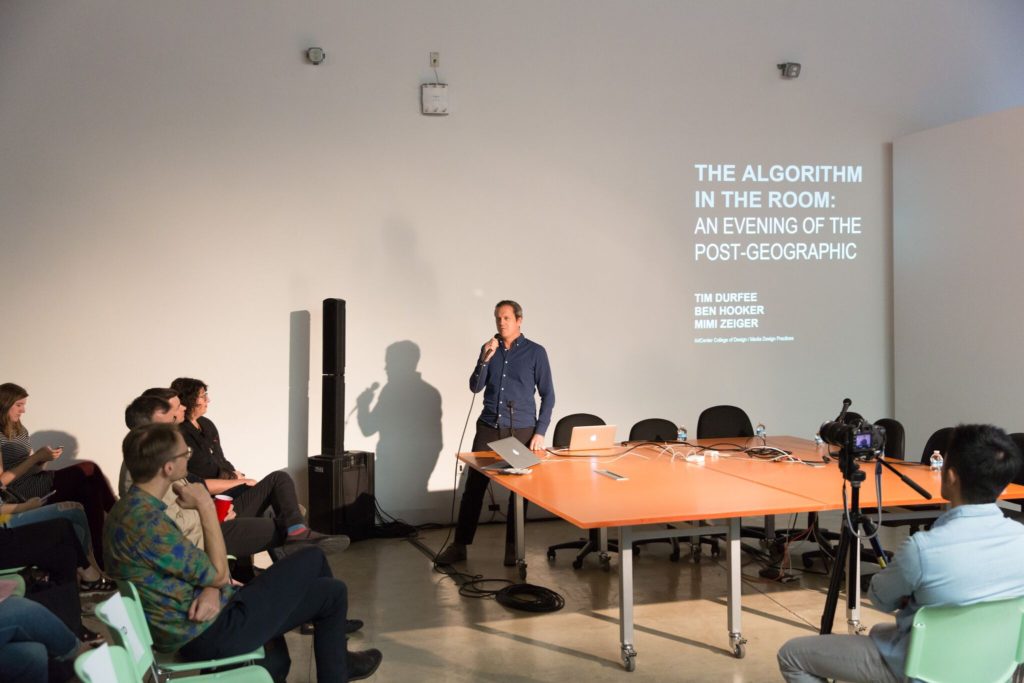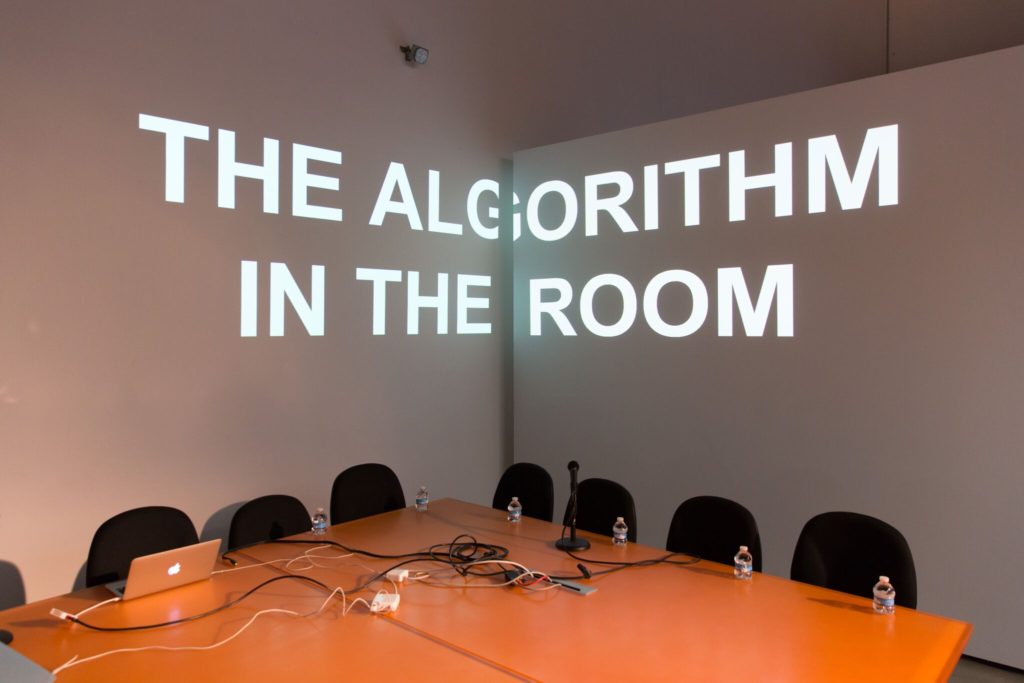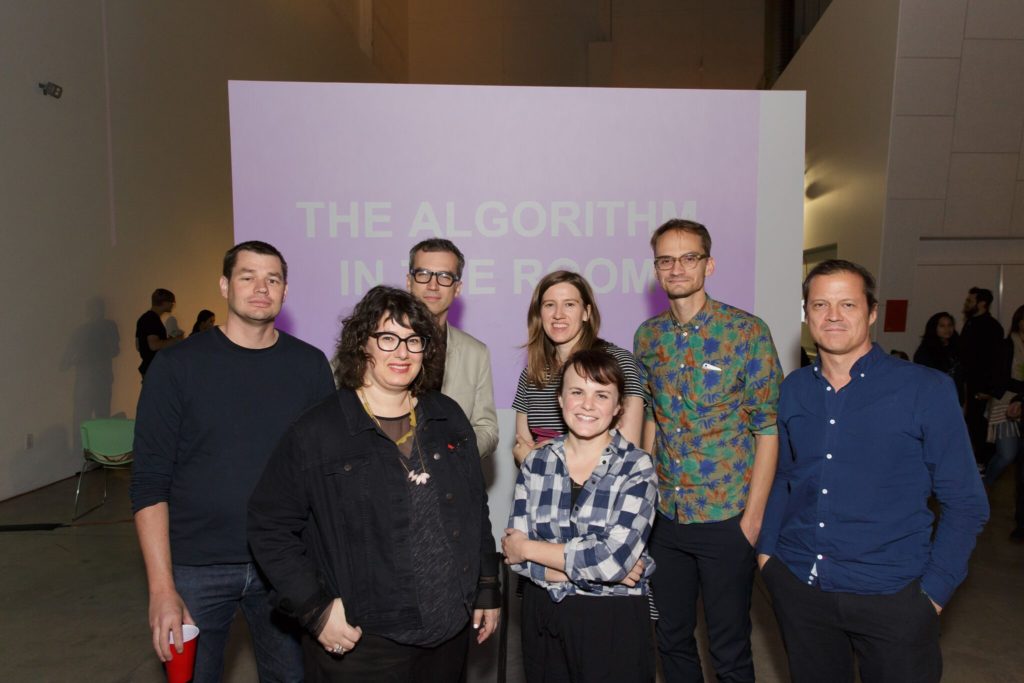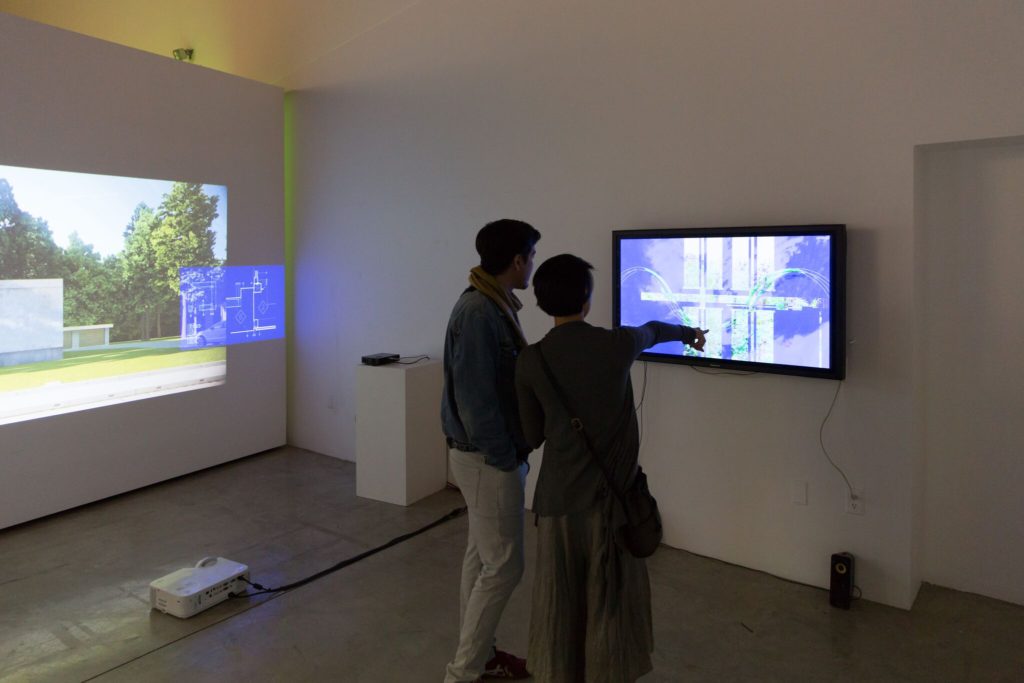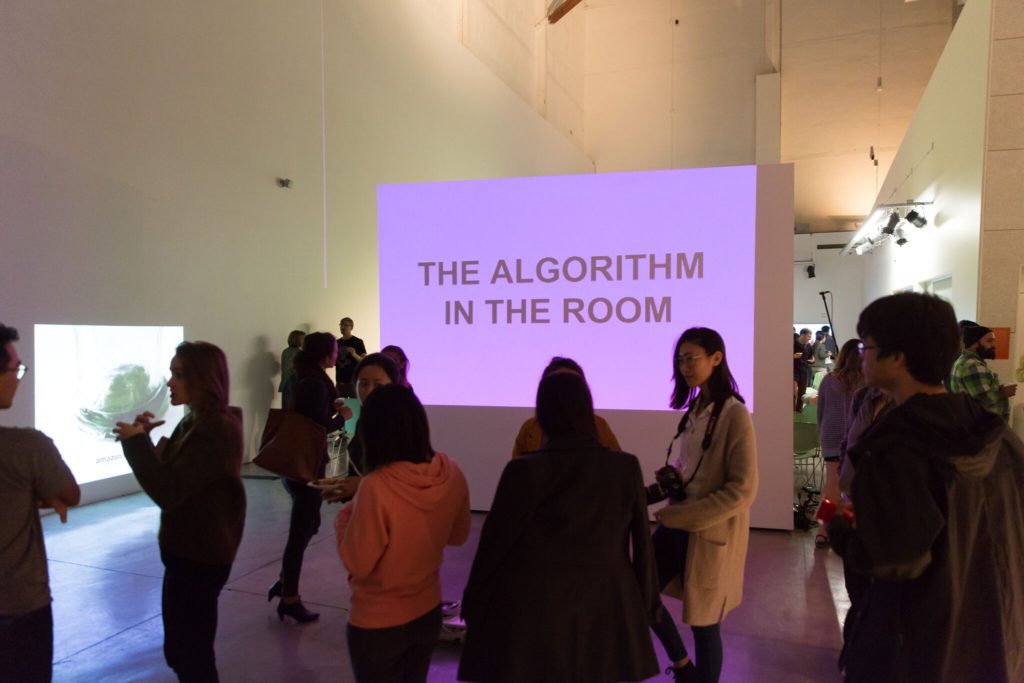Dimensions of Citizenship, the theme of the US Pavilion at the 2018 Venice Architecture Biennale, co-commissioned by the School of the Art Institute of Chicago (SAIC) and the University of Chicago, challenges architects and designers to envision what it means to be a citizen today. As transnational flows of capital, digital technologies, and geopolitical transformations expand, conventional notions of citizenship are undermined. How might architecture, then, express, and engage with today’s rhizomatic and paradoxical conditions of citizenship?
At a time when digital media makes everyone a critic and a curator, Mimi Zeiger discusses how those titles dovetail in her work. She’ll present her approach to several projects, including Dimensions of Citizenship, the upcoming 2018 U.S. Pavilion for the Venice Architecture Biennale, Tu Casa es mi Casa, and Now, There: Scenes from the Post Geographic City. She’ll investigate how collaboration, structure, research, and critique shape exhibition making.
Tuesday, November 14, 2017
6:30 PM – 8:00 PM
SVA MA Design Research, Writing and Criticism
136 W 21st St, Second floor
New York, NY 10011
The Chicago Athletic Association excitedly welcomes Petra Bachmaier to discuss her dynamic collaborative art practice which has captivated the eyes and minds of Chicago and beyond. And Mimi Zeiger, a Los Angeles-based Critic, Editor, and Curator to moderate this conversation.
“For more than 10 years, Luftwerk have created art installations that merge elements of light and video with facets of architecture and design. Their 2010 commission to create a new media exhibit for the centennial celebration of Frank Lloyd Wright’s Robie House helped them discover a deeper resonance with architecture and pursue and a growing interest in how experiences of space and site are augmented through light and sound. With immersive works at sites such as Fallingwater, Mies van der Rohe’s Farnsworth House, Tampa’s Kiley Garden, Chicago’s Millennium Park, the Garfield Park Conservatory to name a few, their artwork blends history, architecture, and contemporary media to open new aesthetic conversations within public spaces. Projects to date have been featured in periodicals such as Architectural Record, Dwell, The Creators Project, design boom, and more. Recent awards include an Endorsement Award for Innovation from Surface Magazine, a Media Art Award from the National Endowment for the Arts (NEA), and featured projects honored by the American for the Arts Public Art Network (PAN). Petra Bachmaier, originally from Munich, works collaboratively with her partner Sean Gallero. The duo met during studies at SAIC and formed Luftwerk in 2007.” – David Zivan
“Los Angeles, being the inclusive city that it is, developed in opposed directions at the same time: the downtowns, Wilshire Boulevards, and Century Cities grew along late modern lines, while the peripheries went their own heteromorphic way. This sixties split established what has now became two architectural codes: Mies of the classes, and hetero-architecture for the masses.”- Charles Jencks, 1996.
The collision of Real Estate speculation and political friction makes Los Angeles one of the most volatile development arenas in modern urbanism. Yet, after a half-century of under-building and spot zoning, an infusion of speculative capital, coupled with a dearth of available land, is driving Los Angeles to grow up, instead of out. Present debates about homelessness, housing affordability, and urban density suggest that L.A. could embrace vertical density in a decidedly different fashion than Chicago or Manhattan- cities which adopted skyscraper development primarily as a response to technological innovation or financial speculation. While L.A.’s metropolitan context largely consists of what architectural theorist Charles Jencks once referred to as “heteromorphic architecture,” its growth upward signals the potential to give birth to a new urban form of spatial democracy, eschewing a city of iconic towers in favor of sectional and programmatic complexity instead.
Join us for a Panel Discussion centered on L.A.’s future density led by Archinect’s Amelia Taylor-Hochberg and featuring architects Scott Johnson, Jimenez Lai, John Southern, Peter Zellner, and journalist Mimi Zeiger.
The panel coincides with John Southern’s exhibition, Hot on the Heels of Love: Sensational Speculations– Now on view at the Jai&Jai Gallery.
MDP Design Dialogues Symposium + Exhibition with Tim Durfee, Ben Hooker, and Mimi Zeiger
November 17–26, 2016
November 17, 2016, 6:30–9 pm
SYMPOSIUM + OPENING RECEPTION
The Algorithm in the Room: An Evening of the Post-Geographic brings together an interdisciplinary group of designers and thinkers to discuss relationships between algorithmic and spatial practices. The algorithm in the room is the unspoken technological subject that reorients our understanding of design outcomes, ethics/politics, and authorship. Yet to concretize the algorithm, to try to peg down its functional uses within design is to misunderstand its potentially slippery (and productive) role as a bad collaborator. Feral and unpredictable, it provokes human, systemic, and urbanistic response. Via conversations and through digital, video, and screen-based works, this symposium and exhibition looks to raise difficult questions regarding the politics of predictive/automatized software, its architectural and urban impacts, and the aftereffects of recalibrated design agency. Speakers include: Jeff Maki, urban strategist and Joanne McNeil, writer. Videos exhibited by John Szot Studio, Tim Durfee + Ben Hooker, Jenny Rodenhouse.
Read More …
On Saturday, October 22, from 11am-3pm, the Architecture Lobby will host a “Think-In” at UCLA, where invited panelists and a professional facilitator will critically debate and discuss topics most integral to the aims of the Architecture Lobby, including: architecture labor and labor rights, the pros/cons of professionalization, the perceptions of architects within the media, and emerging pedagogical models. The Think-In is free and open to the public, and all interested students, academics, or practitioners are strongly encouraged to join the discussion.
Panelists:
Frances Anderton, KCRW (DnA, Design and Architecture)
Wil Carson, 64North, UCLA
Peggy Deamer, Yale University and The Architecture Lobby
Jia Gu, Materials & Applications, The Architecture Lobby
Tia Koonse, UCLA Labor Center
Elizabeth Timme, LA-Más
Mimi Zeiger, critic and curator, Art Center College of Design, The Architecture Lobby
Peter Zellner, ZELLNERandCompany, USC, Free School of Architecture
Facilitator: Nancy Alexander
In era of global architects and rapidly-consumed online media, what is the contemporary role of architectural criticism and the design critic? How does a critic negotiate the sometimes obscure territory of discipline-specific issues or vocabularies and bring larger awareness of design to the public and, conversely, how do contemporary social issues impact the profession? Through discussion and readings of her personal and collaborative work, Zeiger explores models of alternative writing practices, including collective, performance-based, and slow criticisms.
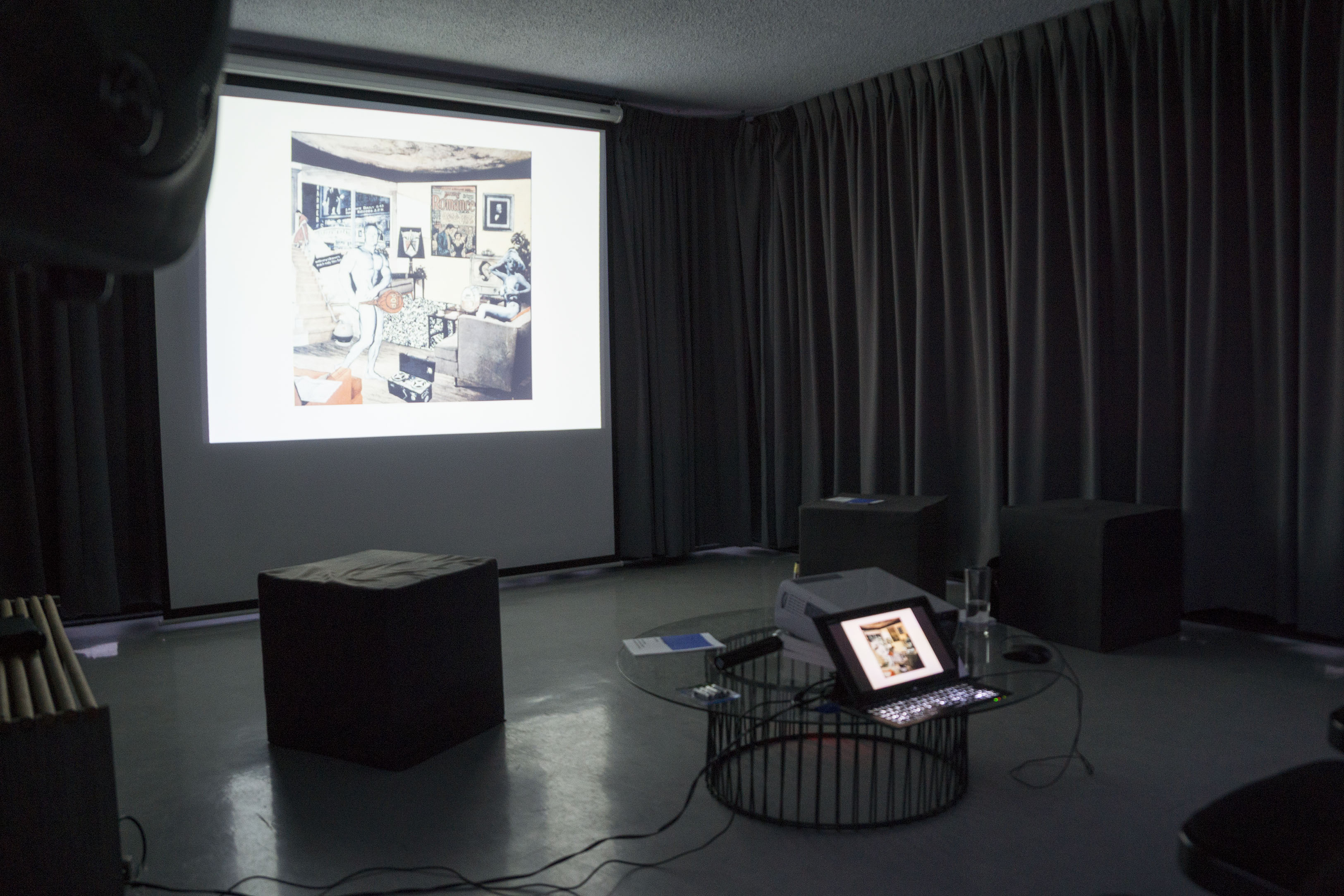
El ciclo de Interludios de tres propone transformar el tradicional formato de conferencia en el que un ponente se enfrenta al público, en una estructura de conversación no jerárquica en la que al menos tres participantes están involucrados y se retroalimentan en tiempo real. Se pretende a su vez, explorar distintas disposiciones espaciales y programáticas que motiven dinámicas de discusión alternativas.
En ese sentido, LIGA quiere propiciar un formato inédito para cada edición con el objetivo de ampliar el espectro de posibilidades e involucrar a todos los presentes.
El pasado martes 23 de agosto tuvo lugar en LIGA el segundo evento del ciclo Interludios de tres con los invitados Mimi Zeiger, Ana Paula Galindo y Alejandro Hernández. Este ciclo propone transformar el tradicional formato de conferencia en el que un ponente se enfrenta al público, en una estructura de conversación no jerárquica en la que al menos tres participantes están involucrados y se retroalimentan en tiempo real. Se pretende a su vez, explorar distintas disposiciones espaciales y programáticas que motiven dinámicas de discusión alternativas. En ese sentido, LIGA quiere propiciar un formato inédito para cada edición con el objetivo de ampliar el espectro de posibilidades e involucrar a todos los presentes.
Para el segundo evento de la serie se ensayó una estructura experimental de conversación, según la cual los tres invitados participaron de un partido de ping-pong virtual. La dinámica consistió en lanzar imágenes que fueron comentadas por los otros jugadores. Fueron objeto de esta investigación en tiempo real la cultura visual contemporánea, la velocidad, el tipo de filtros y nivel de reflexión con que absorbemos y reaccionamos a los estímulos que nos llegan codificados en forma de imágenes.
As rents increase and household income stagnates, more people are turning to micro-living as an alternative to pricier options. On Tuesday, June 28, at the Japanese American National Museum in downtown L.A., KPCC reporter Josie Huang met with a panel of experts to discuss the viability of micro-units as a response to L.A.’s affordable housing crisis. Panelists discussed the recent trend in the development of micro-units – typically apartments that are 400 square feet or smaller. Topics covered included the affordability and sustainability of the units, their impact on the racial and socioeconomic composition of neighborhoods, and the cultural and economic trends whose pressures they reflect. Read More …
The Association for Women in Architecture was founded almost 100 years ago for the purpose of advancing and supporting women in their careers in an exceedingly male dominated industry. Clearly, a lot has changed since our organization was formed. But even today, statistics continue to show that a deficit exists between male and female career advancement, pay and leadership within the field of Architecture and its allied industries.
Join our distinguished panel of architects, designers, educators, journalists and activists for a discussion on gender–how it affects our lives and how the work we do can transcend. Topics will range from the practical to the philosophical and intangible. Opportunities, pay and promotions, creativity, goals, status, visibility — all are questioned in the symposium on DOES GENDER MATTER?
Featuring a panel conversation with:
Mimi Zeiger
Gere Kavanaugh
Leigh Christy
Laurel Broughton
Annie Chu
Rebecca Rudolph
Jessica Fleischmann
